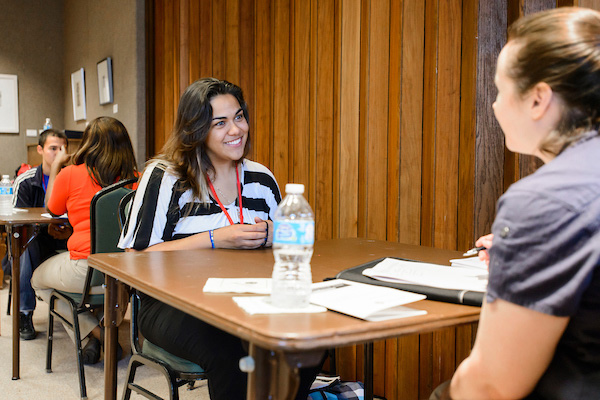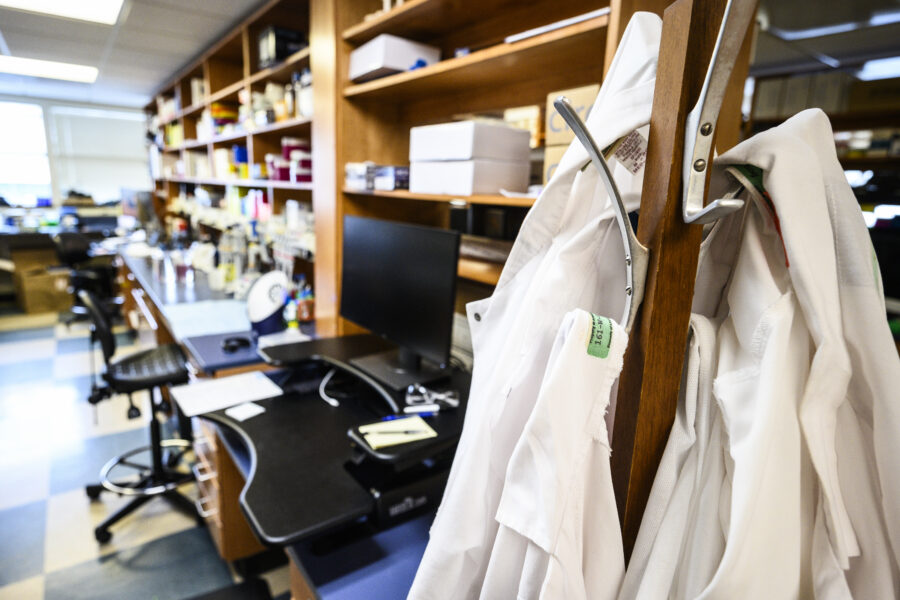About MRI Technologists
According to the American Registry of Radiologic Technologists (ARRT), MRI Technologists operate Magnetic Resonance Imaging (MRI) equipment to create images while supporting patients through the procedure. These images are then reviewed by a Radiologist for diagnostic purposes.
Note: UW-Madison does not offer a MRI Technology program. While this field is not among CPHA’s primary areas of advising expertise, we are here to support you in exploring the career, building helpful experiences, and navigating some aspects of professional program applications. Talk with us if you have questions!
MRI Technologist (MR)
To become an MRI Technologist (MR), students need to earn an associate’s degree or higher and complete an ARRT-approved Associates, Bachelor’s or Certificate program in MRI.
Alternatively, if you have a background in Radiography, Nuclear Medicine Technology, Radiation Therapy or Sonography and are certified for ARRT, NMTCB, or ARDMS, you can become a MRI Technologist through the (ARRT) post-primary certification process.
For the most up-to-date salary information, visit the U.S. Bureau of Labor Statistics website.
Explore Your Interest in MRI Technology
Shadowing & Informational Interviews
An excellent way to explore your interest in the field is by talking to a MRI Technologist and observing their work directly. If you have friends or family who work in health care (in ANY role) ask if they know any MRI Technologists or look for professionals on LinkedIn, Instagram, or TikTok to see if they are willing to talk about their career.
Volunteering
MRI Technology programs may look for applicants who demonstrate a sustained commitment to serving others. Learn more about opportunities to volunteer in clinical and non clinical settings.
Jobs
After volunteering and exploring, working in research or a healthcare setting is a great way to learn about practical aspects of the field. It may even be possible to work as a MRI Technologist Assistant, a Radiologic Technologist Assistant or another patient-care oriented position.
Additional Resources
Finding a Program
Programs Accredited by the Joint Review Committee on Education in Radiologic Technology (JRCERT) including the program through Mayo Clinic College of Medicine and Science
The American Registry of Radiologic Technologists (ARRT) also has a list of approved programs.
Educational & Professional Assocations
Application Process
Associate and Bachelor’s programs typically require that applicants apply to the institution as a degree seeking (or second degree) student.
Certificate programs may require you to be enrolled in an affiliate institution’s Associates or Bachelors program or the completion of an Associates or Bachelor’s degree. They may also require prerequisite courses, a specified number of observation hours, a CV or resume, essay responses, letters of recommendation, etc. Prerequisite courses may include mathematics, chemistry, physics, anatomy and physiology, english composition, speech, etc. However, requirements vary from certificate program to certificate program, so it’s always necessary to consult program websites.
Some programs may have fee waivers available. Contact them directly for more information.


